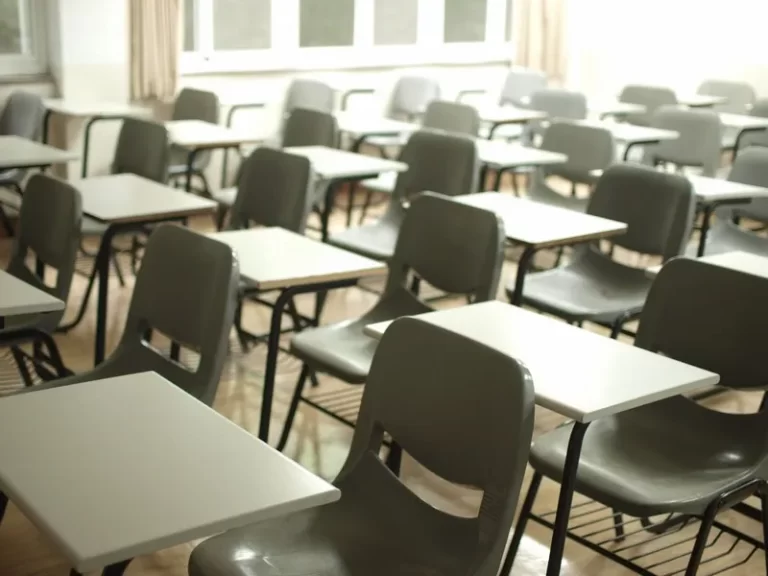Sociology examines the ways in which society shapes individuals and groups, including the role of education in perpetuating social inequalities. One significant aspect of education is the curriculum, which plays a crucial role in shaping students’ knowledge, skills, and perspectives. However, curricula can also unintentionally perpetuate class differences by reinforcing existing social hierarchies and reproducing inequalities.
Social Reproduction Theory
To understand how curricula can perpetuate class differences, it is essential to explore the concept of social reproduction theory. According to this theory, education serves not only to transmit knowledge but also to reproduce and legitimize existing social structures and inequalities. In other words, the curriculum can reinforce the dominant values, norms, and beliefs of the ruling class, thus perpetuating social class divisions.
Hidden Curriculum
One way in which curricula perpetuate class differences is through the hidden curriculum. While the formal curriculum includes the explicit subjects and topics taught in schools, the hidden curriculum refers to the implicit messages and values conveyed through the educational system. These messages often reflect the dominant culture and can reinforce social class differences.
For example, the hidden curriculum may emphasize obedience, conformity, and respect for authority, which are traits valued in the workplace. This can disadvantage students from working-class backgrounds who may have different cultural values and ways of interacting. As a result, these students may struggle to adapt and succeed within the educational system and later in their careers.
Relevance and Context
Curricula can also perpetuate class differences by failing to provide relevant and contextualized knowledge. The content taught in schools often reflects the dominant culture and the experiences of the middle and upper classes. This can lead to a lack of representation and recognition of the experiences, histories, and contributions of marginalized communities, including working-class individuals.
By neglecting to include diverse perspectives, curricula can reinforce the notion that the experiences and knowledge of certain social groups are less valuable or significant. This can contribute to the marginalization and exclusion of working-class students, further perpetuating class differences.
Unequal Access and Resources
Another way in which curricula perpetuate class differences is through unequal access to educational resources. Schools in affluent areas often have more funding, better facilities, and a wider range of extracurricular activities compared to schools in disadvantaged areas. This disparity in resources can result in unequal educational opportunities and outcomes for students from different social classes.
Furthermore, the curriculum itself can be biased towards the interests and experiences of the dominant class. For example, subjects such as art, music, and literature may be given less importance or even excluded altogether in schools with limited resources. This can limit the cultural capital and opportunities available to working-class students, further reinforcing class differences.
Addressing the Issue
To address the perpetuation of class differences in curricula, it is crucial to promote inclusivity, diversity, and equity in education. This can be achieved through various strategies:
- Integrating diverse perspectives and experiences into the curriculum to provide a more comprehensive and representative education for all students.
- Providing equal access to resources and opportunities, regardless of a student’s social class or background.
- Encouraging critical thinking and questioning of the hidden curriculum to foster a more inclusive and equitable learning environment.
- Supporting teachers in developing culturally responsive teaching practices that recognize and value the experiences and knowledge of all students.
- Collaborating with communities and families to ensure that the curriculum reflects the needs and aspirations of diverse social groups.
Conclusion
While curricula play a vital role in shaping students’ education, they can also perpetuate class differences. By understanding the ways in which curricula can unintentionally reinforce social inequalities, we can work towards creating a more inclusive and equitable educational system. By promoting diversity, equal access, and critical thinking, we can help to break the cycle of class differences perpetuated through curricula.





